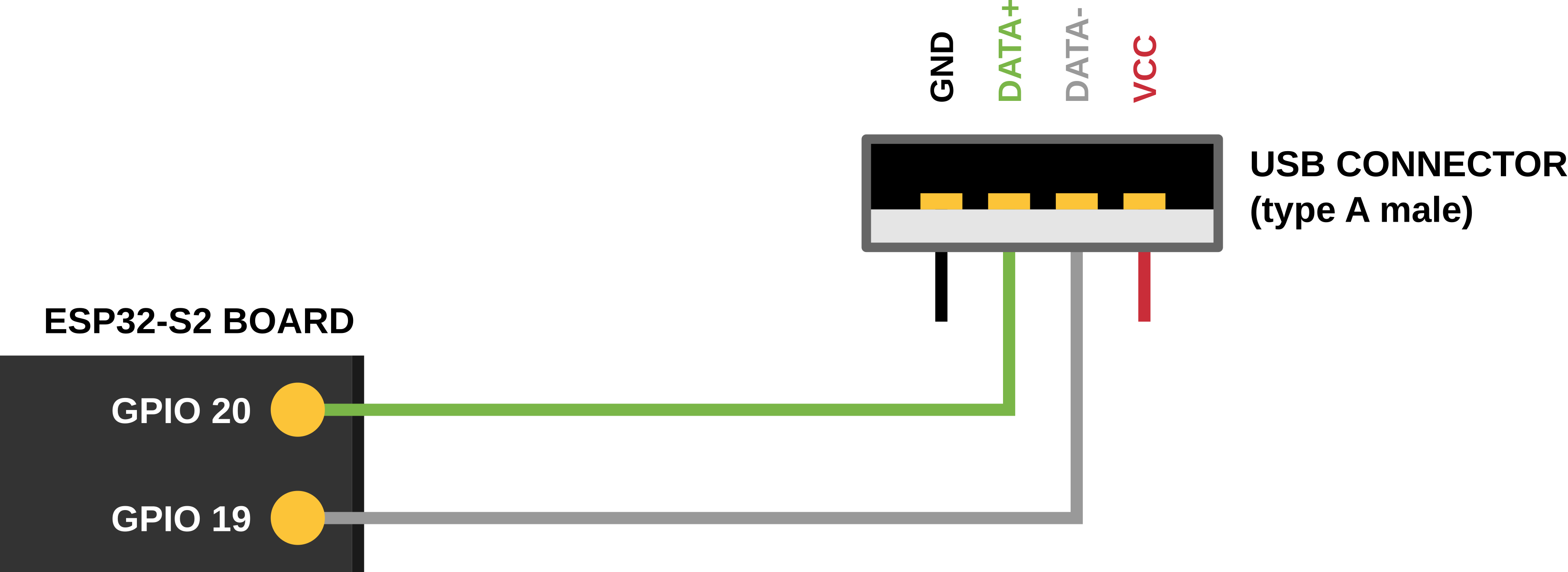

Why he did not provide already the compiled module, like in the more recent version ? Very convenient mystery.
#Cdc acm driver install#
Opkg install packagegroup-kernel-module-buildįortunately, the publisher provides the source code of the driver. The kernel headers are quite like a dictionnary for the modules source code. It’s all the definitions of the functions used by the kernel or third party sources. To compile a kernel module, we need the kernel headers.

So, we need to compile it as a kernel module.įortunately, the kernel sources provides the driver code, and the distribution publisher provides convenient packages to build it. Things could be simple, but the the Lattepanda is not running a Linux distribution which provides the acm driver.
#Cdc acm driver serial#
To simplify : the USB CDC-ACM driver emulates a serial port.ġ – the arduino-cli program just need it to upload embed code into arduino chipĢ – softwares need it to communicate with the chipģ – virtue : a serial communication is very simple to operate in all programming language So, as we want to use an Arduino to embed fun softwares, we need to implement this driver to communicate with it, as it uses standard RS-232 protocol as access interface. Why implementing this specific driver : The fact is, Arduinos are compliant to it. This class can be used to implement RS-232 communications on the USB bus via the subclass Abstract Control Model (see (v=vs.90)), so an USB device can appear as a traditional RS-232 port in an operating system, if the device is compliant to it.

The class may include more than one interface, such as a custom control interface, data interface, audio, or mass storage related interfaces. The USB communications device class (or USB CDC class) is a composite Universal Serial Bus device class.


 0 kommentar(er)
0 kommentar(er)
